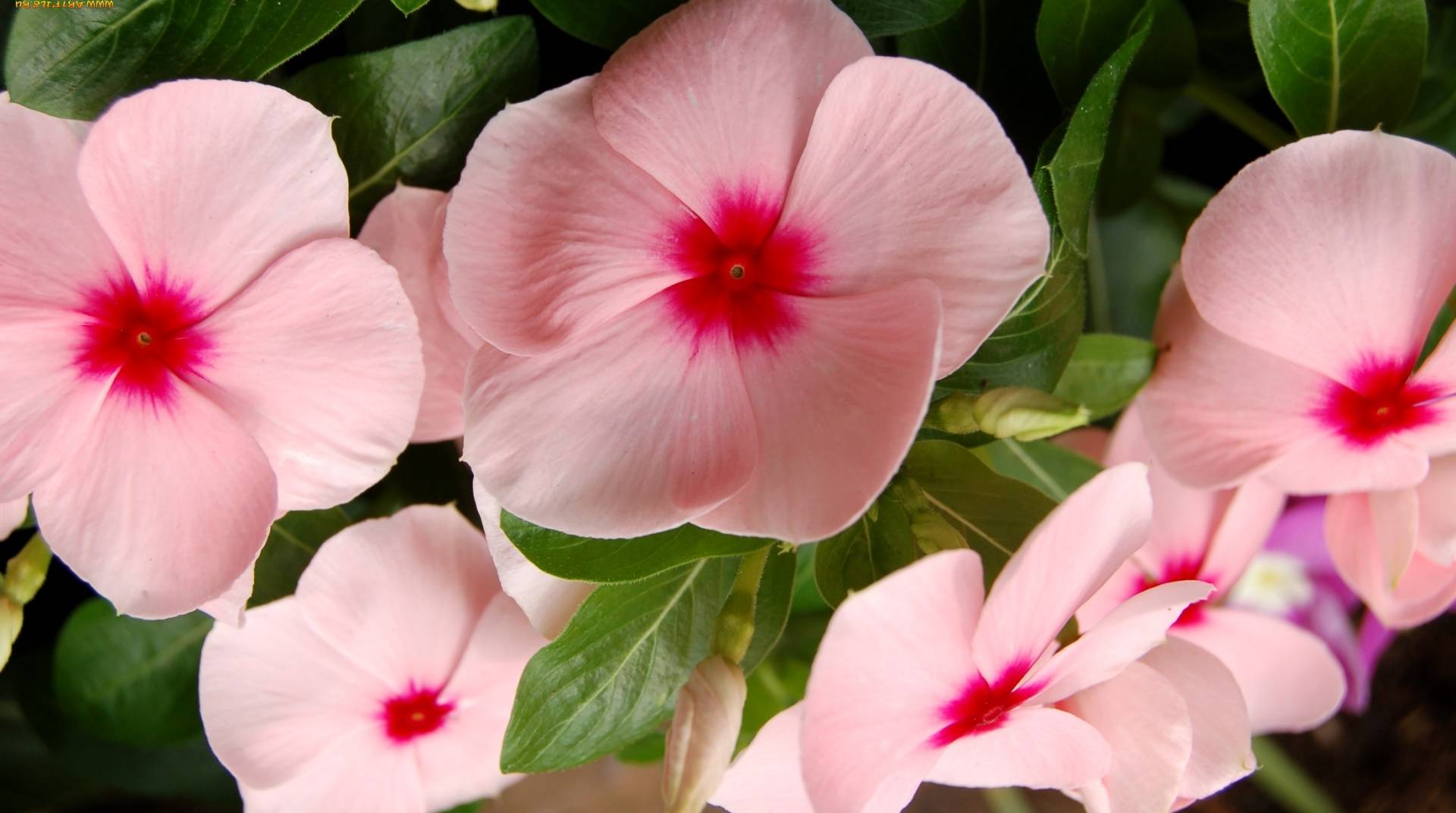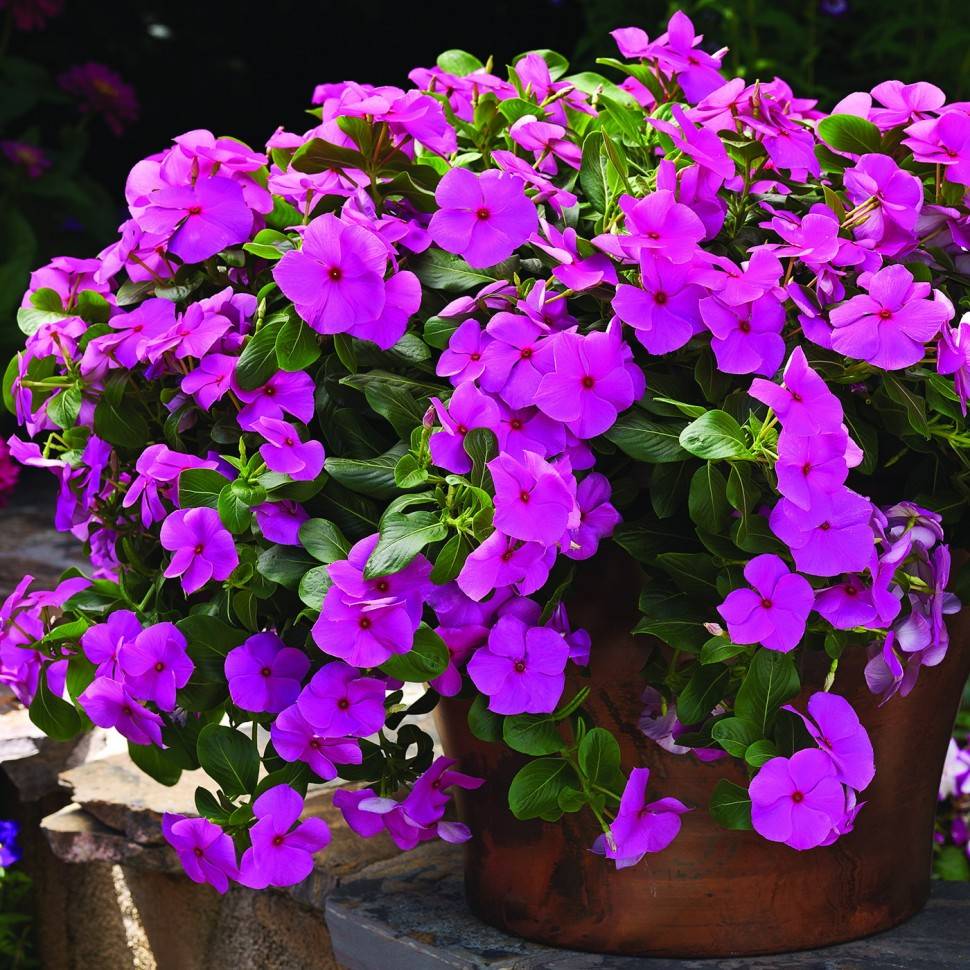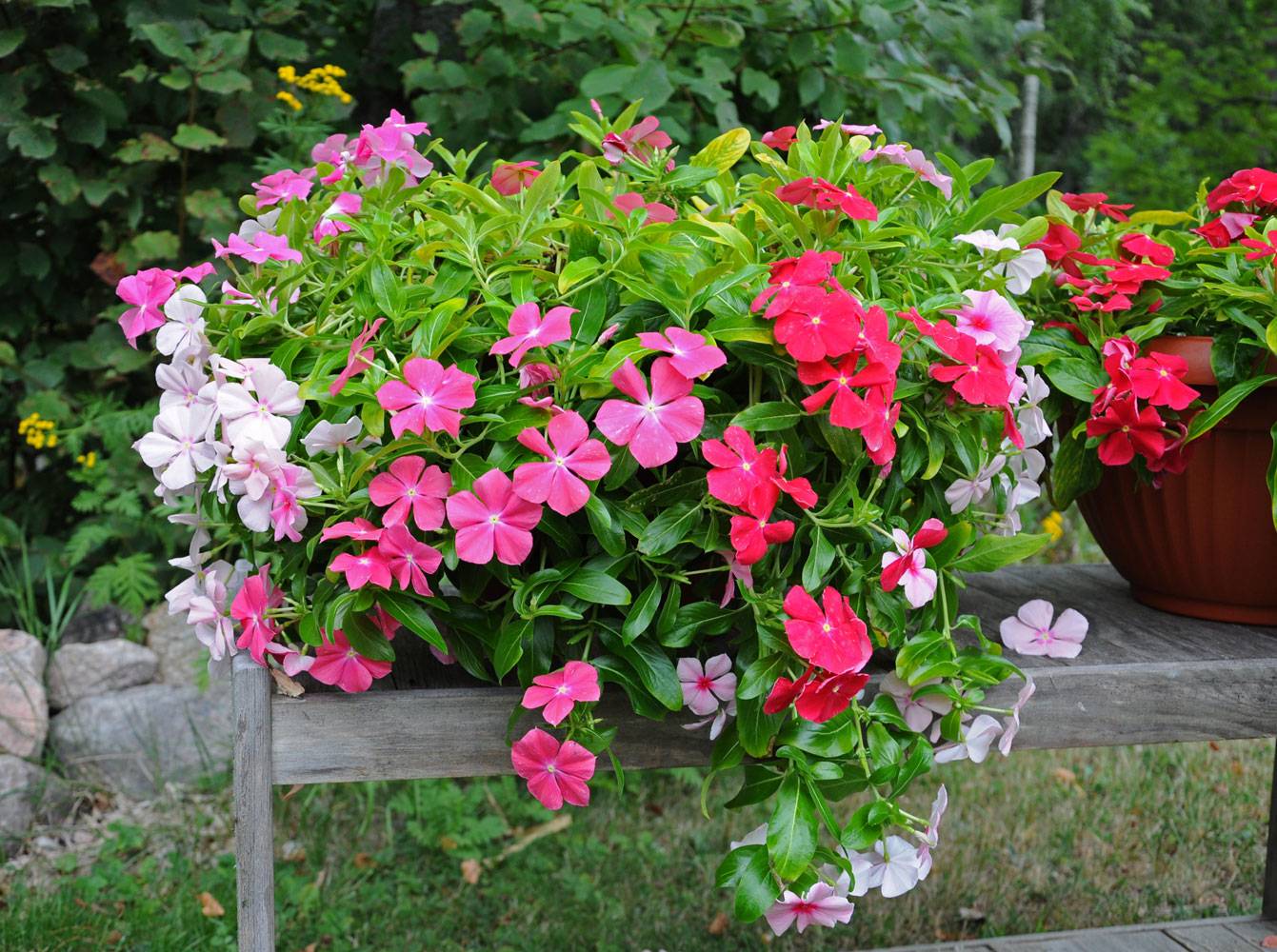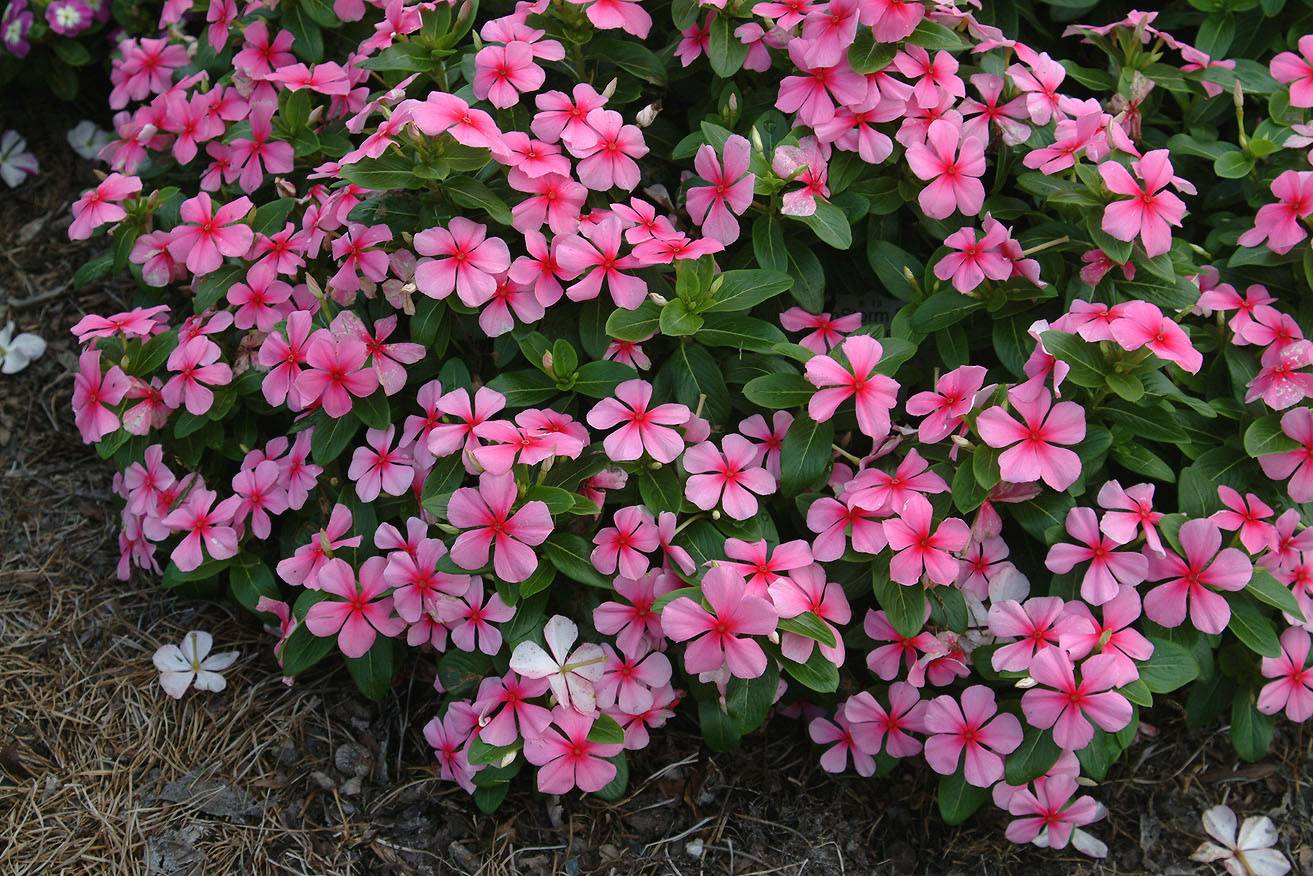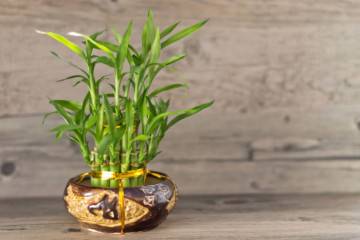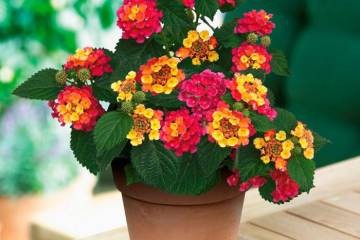Catharanthus flower - planting and aftercare
Content:
The perennial catharanthus flower is rarely found in Russian household plots. This is a tropical plant, and it manages to survive during the winter in natural conditions only in the Krasnodar Territory. Gorgeous flowering bushes have to either be planted every year, or grown at home.
Features and selection
Katarantus is outwardly similar to phlox. In Russia, it is mainly a houseplant, although it is also used in the design of streets and summer cottages. Planted in spring, it blooms throughout the season.
For a long time, no one was engaged in the selection of this flower from the Kutrov family. Work began only in the mid-80s. XX century. in USA. Since then, dozens of species have emerged. They differ mainly in color, this was the main goal of the breeders.
When planting a catharanthus, the cultivation and care of which does not require much effort, an important point must be taken into account. It is absolutely impossible to taste it. By checking whether the catharanthus is poisonous or not, as children and animals like to do, it is really easy for them to get poisoned.
Plant varieties
The flower has been grown at home for over two centuries. This is a very successful houseplant. Among the most common varieties are Aristocrat, Pacifica, First Kiss, Cascade, Tattoo Black Cherry, etc. Each has its own characteristics:
- Aristocrat is the most famous variety. The bush grows up to half a meter, the flowers are 5 cm. He has a luxurious range of colors: from snow-white to deep red, in the middle of the eye of a contrasting color;
- Pacific. A small 30-centimeter bush has a compact crown, its diameter does not exceed 20 cm. Catharanthus Pacifica begins to bloom early, and it is undemanding. The flowers are large and with an eye;
- First Kiss. Small, about 30 cm tall, bushes. The most valuable variety series, it has repeatedly won medals in competitions;
- Cascade. This is an ampelous variety. The height is only 15 cm, but the lashes can grow by tens of centimeters;
- Black Cherry tattoo. Flowers are distinguished by unusual color transitions and even luminescent glow.
Growing at home and outdoors
With all the richness of frost-resistant varieties, there are none, so they cannot survive the Russian winters. In the garden, a flower is grown for only one season.
In a pot in an apartment, with sufficient care, he can live up to four years. The indoor flower catharanthus will bloom actively for the first year, but whether it will "wake up" next spring is a question. But planting a catharanthus will provide the owner with blooming beauty for at least six months.
Katarantus: home care
How to care for a catharanthus at home? In growing this flower, it is important to take into account some nuances.
Illumination and temperature conditions
The plant cannot withstand direct sunlight, therefore, it cannot be placed on a south-facing window. West or east is best.
In spring, when the air temperature reaches 18 ° C, the pot can be moved to the balcony. But it is important to consider that the plant must be protected from drafts, rain and direct sunlight.
It grows best in the warm season at a temperature of 20-25 ° C. The flower prefers to overwinter in cool conditions - at about 15 ° C. If there is a glazed loggia, it is better to put it there, but monitor the temperature. The plant may not survive even 10 ° C.
Watering rules and humidity
The flower loves moisture in the air and soil. The more it is, the better it blooms. Watering must be done carefully, as it is undesirable for the water to get on the flowers.
Watering should be regular and abundant. As soon as the flower senses that it lacks moisture, it will immediately signal this - its leaves will begin to curl. After watering, they will straighten again.
It is also impossible to transfuse, the roots can rot. Watering is necessary when the soil in the pot dries out by 2 cm. In the autumn and winter months, watering should be almost stopped, but the soil should not be allowed to dry completely.
Top dressing and soil quality
The flower should be planted in light, fertile soil. The soil that is used for geraniums is suitable.
To grow a healthy flower, you can make the soil yourself. Its composition:
- leafy land;
- sod land;
- peat in small quantities;
- coarse river sand.
Since the plant blooms for a long time and is extremely active, it needs to be fed, however, this is done in different ways:
- if flowering is planned for only one season, it is worth feeding the plant once every seven days with ready-made fertilizer for roses;
- in order for a flower to live for several years, you need to save its strength and feed it less often: once every 14 days, half the dose, this will be enough.
Flower container size
Katarantus is a large plant by nature, in nature reaching up to one and a half meters in height. Indoor specimens are much more compact, but they also grow rapidly and have a powerful root system.
A flower grows quickly from a small pot, the root system clogs up the holes for the outflow of water, so a larger pot is initially required.
Pruning and replanting
Pruning is done once a year in March. The procedure rejuvenates the flower and gives it an incentive to grow.
A transplant is also done every year, immediately after the flower returns from wintering.
Transplant nuances:
- put drainage on the bottom of the pot - 3-4 cm of small stones;
- the flower needs to be transplanted by the transshipment method, that is, in the same soil in which it grew before;
- one primer should be used. Changing the composition of the soil can harm flowering.
Growing outdoors: planting and care
Usually, the flower is transplanted into open ground in the form of seedlings. It is necessary to plant and start caring for the catharanthus in May, when the frost has passed.
Find the right place. This should be a sunny and warm area, sheltered from the wind if possible.
After the catharanthus has been planted, care consists in pinching, watering and feeding.A work schedule must be drawn up and followed carefully.
It is worth watering regularly, abundantly, but not excessively. A flowering bush plant needs to be fed every 10 days. For the first time, it is required to water it with complex fertilizer when buds appear.
It should be pinched every seven days. When the plant reaches 15 centimeters in height, you need to pinch the top so that the shoots go into growth to form the crown.
Flowering features
The plant blooms continuously from May to October. With the arrival of winter, a period of rest begins for him.
When flowering is over, the pot should be kept in a bright and cool place.
Initially, the flowers were only bright pink with a red eye. Now the most diverse species have been bred - with white, orange, blue, purple petals. The flower has five separate petals, it is located at the very top of the stem.
In addition to flowers, leaves also play a decorative role. They are shiny, juicy, deep green with white veins. This is an indicator of health: if the leaves turn yellow, the flower is sick.
Reproduction methods
Three methods are used for reproduction:
- seeds;
- cuttings;
- division.
Seed planting
You need to buy seeds. They do not have time to ripen their own, since the climate is not adapted for this.
Seeds are planted in late winter and early spring:
- Before planting, the seeds should be pickled with potassium permanganate, this will kill the pests. A weak solution is used (for 1 liter of water 2 g). Etching time - half an hour.
- Sow in plastic cups. It is necessary to cover with earth no more than 2 cm.
- The cups must be covered with dark plastic or put to germinate in a dimly lit but well-heated place.
- After the emergence of seedlings, rearrange the seedlings to the light, loosen it, water it with a spray bottle.
Propagation by apical cuttings
There are two ways to root cuttings:
- using water;
- through the substrate.
The water must be defended or boiled and allowed to cool. Add a growth stimulant. Place the container in a warm, well-lit place. After the roots appear, the cuttings are planted in a pot with soil.
Cuttings root well in moist soil under the film. It is best to plant them in spring, but not early, the temperature should be at least 25 ° C.
Diseases and pests and how to deal with them
A specific disease of the flower is brown rust. Her traces appear on the leaves from below. Fight the disease with fungicides.
Common pests:
- aphid;
- spider mite;
- shield.
Pest control must be comprehensive: good care plus insecticides.
Why else can a flower feel bad:
- leaves turn yellow due to direct sunlight;
- young foliage from shoots falls off during drought;
- poor flowering is due to the cold;
- the tips of the leaves turn yellow from dry air;
- buds fall off in the dark, with insufficient watering or poor feeding.
Caring for a catharanthus at home and on the street is not so difficult, although you have to take into account its peculiarities. But flower growers willingly go for it in order to be able to admire the beauty of a flowering bush for six months.
